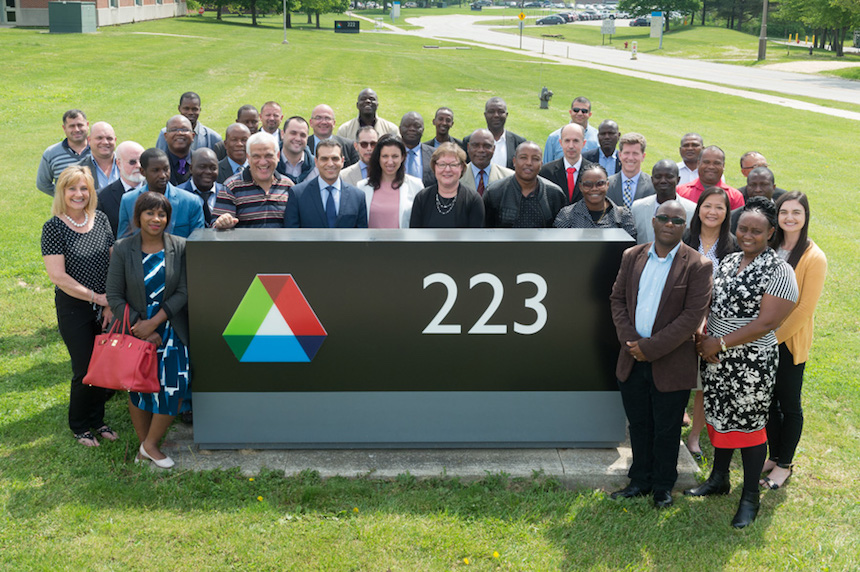
In a modern sleek building at Department of Energy’s (DOE) Argonne National Laboratory, a team of experts is training foreign scientists and engineers in the peaceful uses of nuclear energy and technology. Although the building is more than 4700 miles from the headquarters of the International Atomic Energy Agency (IAEA) in Vienna, the team is helping it uphold decades of international nuclear cooperation.
Under the umbrella of the United Nations, the IAEA provides a framework for its 168 member states to ensure the safety and security of the hundreds of nuclear power plants, reactors and fuel sites worldwide.
ANL says that the Argonne’s IAEA team organizes international training courses covering different areas of nuclear safety and security, nuclear energy and nuclear science and technology, including ways to improve healthcare as well as measure and enhance water quality and soil nutrition with radioisotopes. Not every country has nuclear power plants, but all have agricultural needs, as well as hospitals or cancer treatment centers with radiological materials to supervise.
This May, Diana Naples, lead senior analyst for counterintelligence at Argonne and seminar co-chair, has again led its pioneering, annual two-week course in nuclear security. More than 30 students from 19 countries delved into all aspects of nuclear security — assessing threats and risks, detecting accidents, mastering legalities and combating illicit trafficking.
“We provide our participants – who are managers and decision-makers in their respective countries – with an intense contemporary survey of nuclear security relating to prevention, detection of and response to threats from terrorism, theft, sabotage, unauthorized access and illegal transfer or other malicious acts,” said Naples. “We also present them with tabletop scenarios, exercises and other activities involving nuclear security situations, based on real events. We even engage them in a mock press conference.”
With credentials in hand, students can help fulfill the agency’s mission in their home countries.
ANL notes that Argonne first became an official IAEA partner in 1976, but the laboratory’s nuclear teaching role precedes the agency’s launch in 1957.
Today’s nuclear security course, led by Naples, stems from the 1955 opening of Argonne’s International School of Nuclear Science and Engineering, whose inaugural class included 40 students from 20 countries. For nearly 20 years, the school even had its own small training nuclear reactor – dubbed Argonaut – that students could operate in a safe environment.
With its unique facilities and expertise, Argonne is “an ideal setting,” said Argonne’s IAEA Program Manager Sunaree Hamilton. “We have many leading experts here who want to share their knowledge with the students.”
Over the years, Argonne has taught more than 220 courses to more than 5,000 students, many of whom became leaders of nuclear safety and security abroad.

